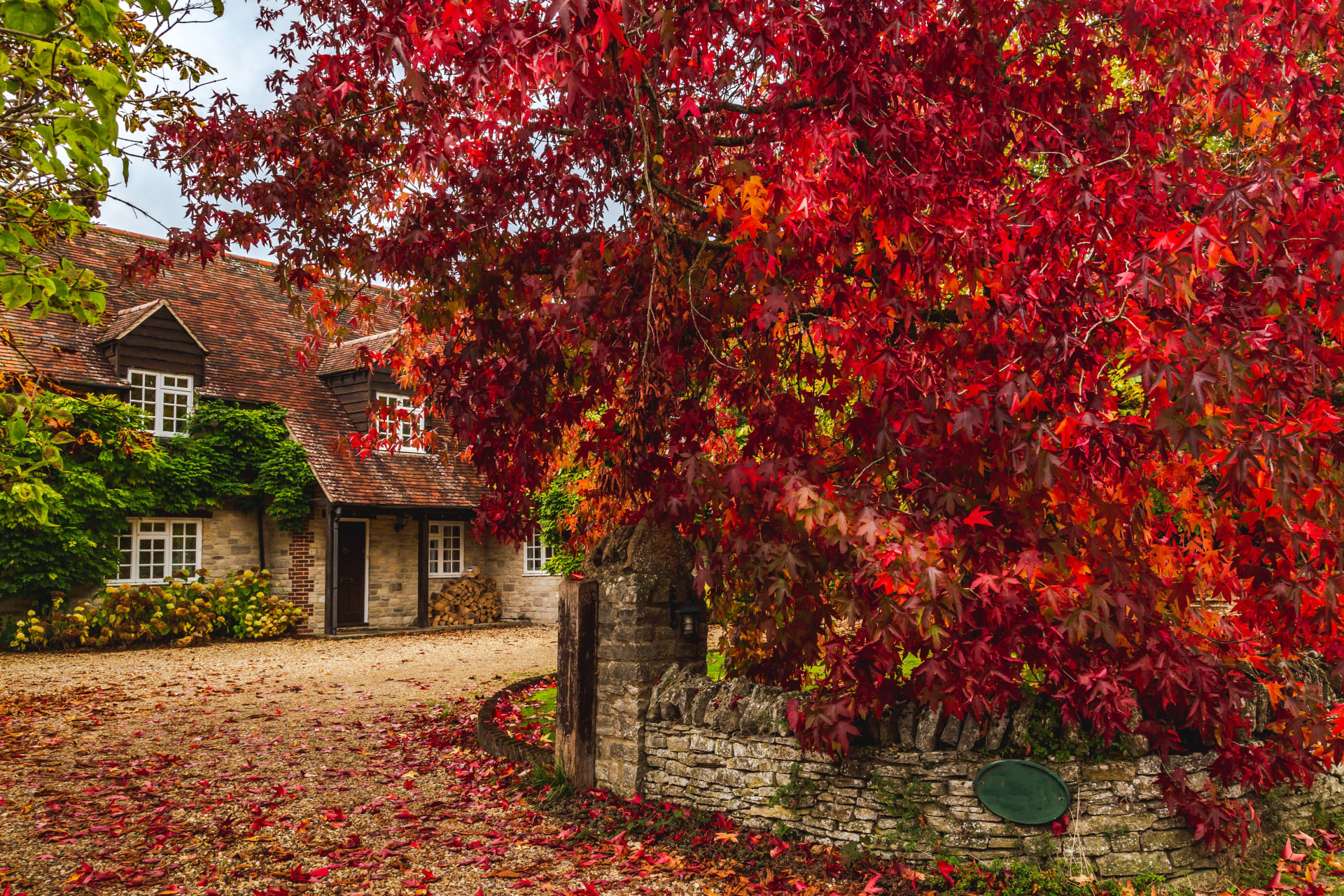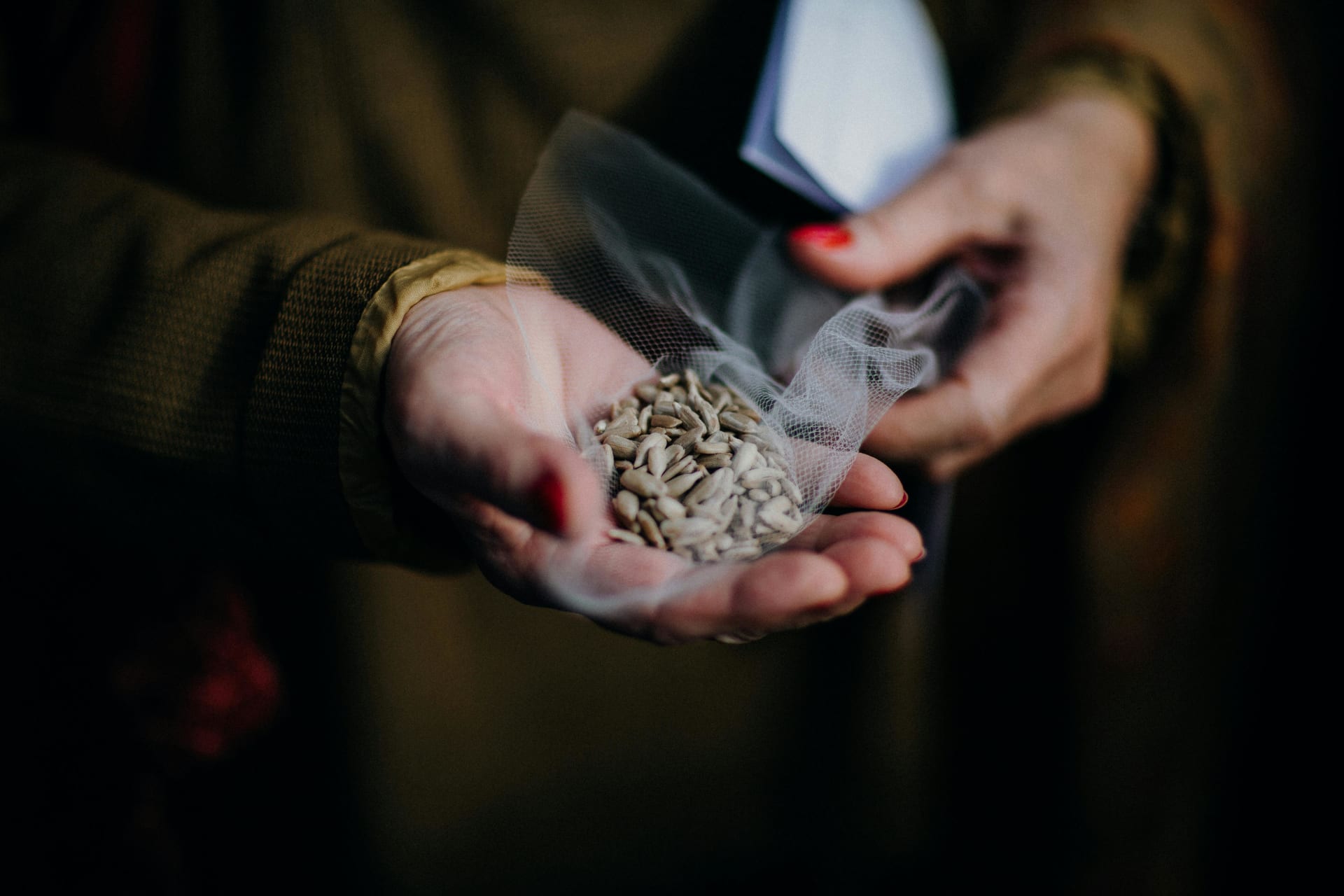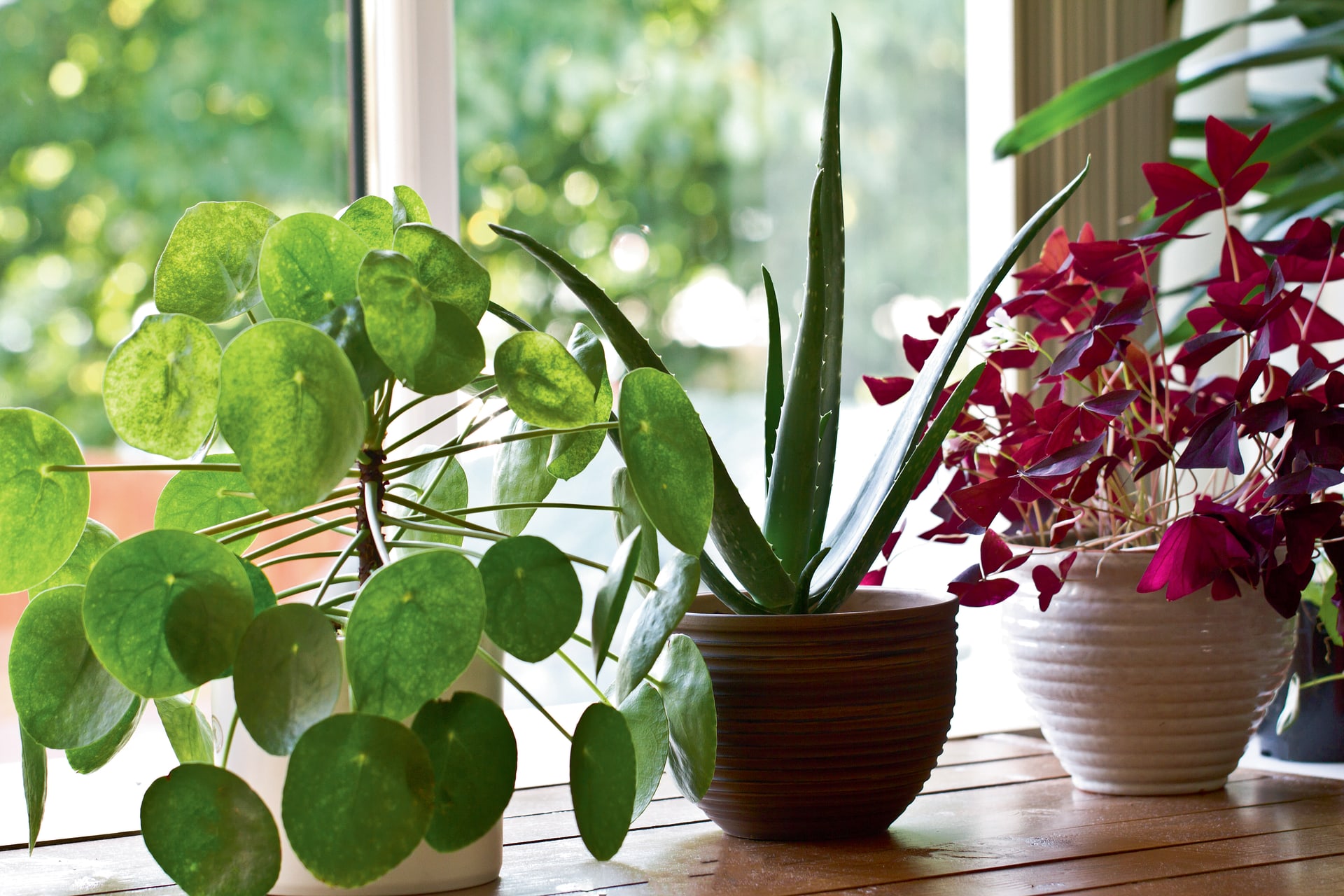As we head into autumn, the hours of daylight decrease, the nights start to turn colder and – if we are lucky – we may have bright sunny autumnal days. But why do trees give a more spectacular autumnal leaf fall some years than others? And when the leaves have fallen, what benefits do they have for gardeners?
There is a scientific reason behind leaves changing colour. Cast your mind back to school days when the teacher spoke about chlorophyll which gives leaves their green colour. We also need to remember carotenes (in yellow leaves) and anthocyanins (red and pink leaves) which also protect leaves from colder temperatures and deter pests such as aphids. When the nights turn colder, chlorophyll is destroyed, and green leaves start turning yellow. If, however, the temperatures remain above freezing, production of anthocyanin is enhanced, turning the leaves red. The drier and warmer the weather, more anthocyanin is produced due to sugars becoming concentrated in the leaves which explains why some years we get such a stunning display.
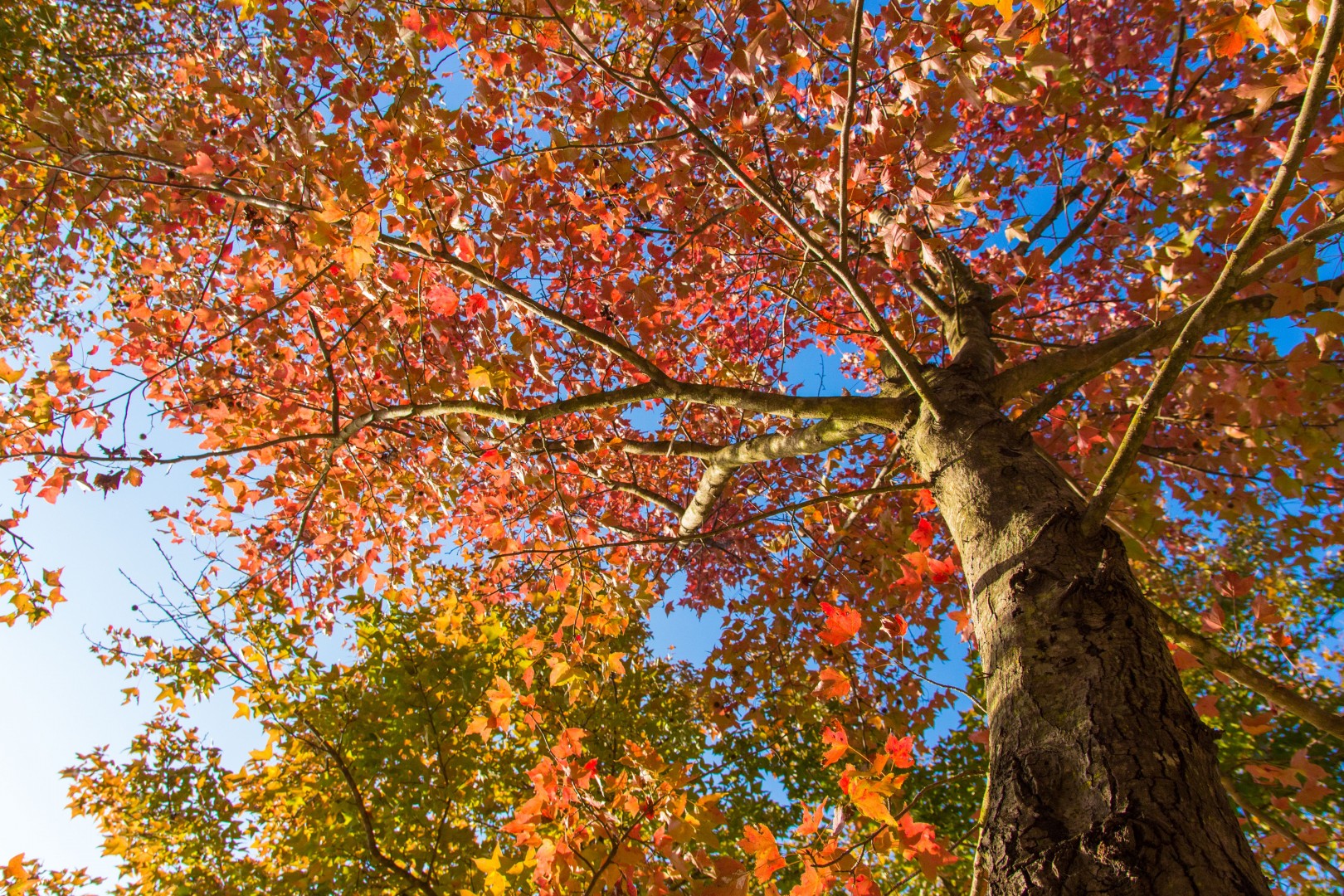
The ideal weather combination to bring on spectacular leaf colour is when we enjoy a warm, dry late summer with warm days and colder nights. The leaves stay on the trees longer as more compounds remain in the leaf, with a shorter time period for the leaves to turn brown before they drop. When autumn weather is mild and damp, the process is significantly slower resulting in leaves turning brown rather than changing into the range of fiery colours associated with autumn.
The actual falling of the leaves sets off another biological change within the tree or plant: as autumn progresses, a hormone called auxin starts to alter. During the active growth of the leaves in spring, production of auxin is stable throughout the tree. Leaves only start to fall as the days shorten and auxin production decreases, resulting in the abscission layer (a layer of cells formed between where the leaf stalk joins the stem) to change shape and become elongated. This in turn fractures the structure and the leaf breaks away from the plant. A gust of wind or simply the weight of the leaf is enough to cause it to fall off.
The repetition of leaves falling each year ensures that trees and other shrubs can preserve moisture in their branches and trunk. During the months of winter, the tree goes into a dormant state requiring far less energy to remain alive. With the leaves gone over winter, the branches are less likely to snap in strong gales as gusts can pass more easily through the network of branches.
If you are lucky to have trees in and around your garden, please make the most of them by adding fallen leaves in layers to your compost bin as they provide a rich carbon source or ‘brown’ layer or. Leaves are full of beneficial nutrients and minerals providing a rich source of goodness to feed back into the soil in your garden.
Alternatively, most leaves make excellent leaf mould. It helps if you shred them using a lawn mower or garden leaf vacuum before putting the damp leaves into a circular bin made from chicken wire to break down further. Some leaves such as holly, beech, sweet chestnut and oak take a long time to decompose as they have higher levels of lignin which is resistant to decomposition. It is worth persevering, however, as some plants (such as ferns) love to be mulched with leaf mould. Leaf mulch also helps prevent evaporation as it can hold between 300 and 500% of its weight in water.
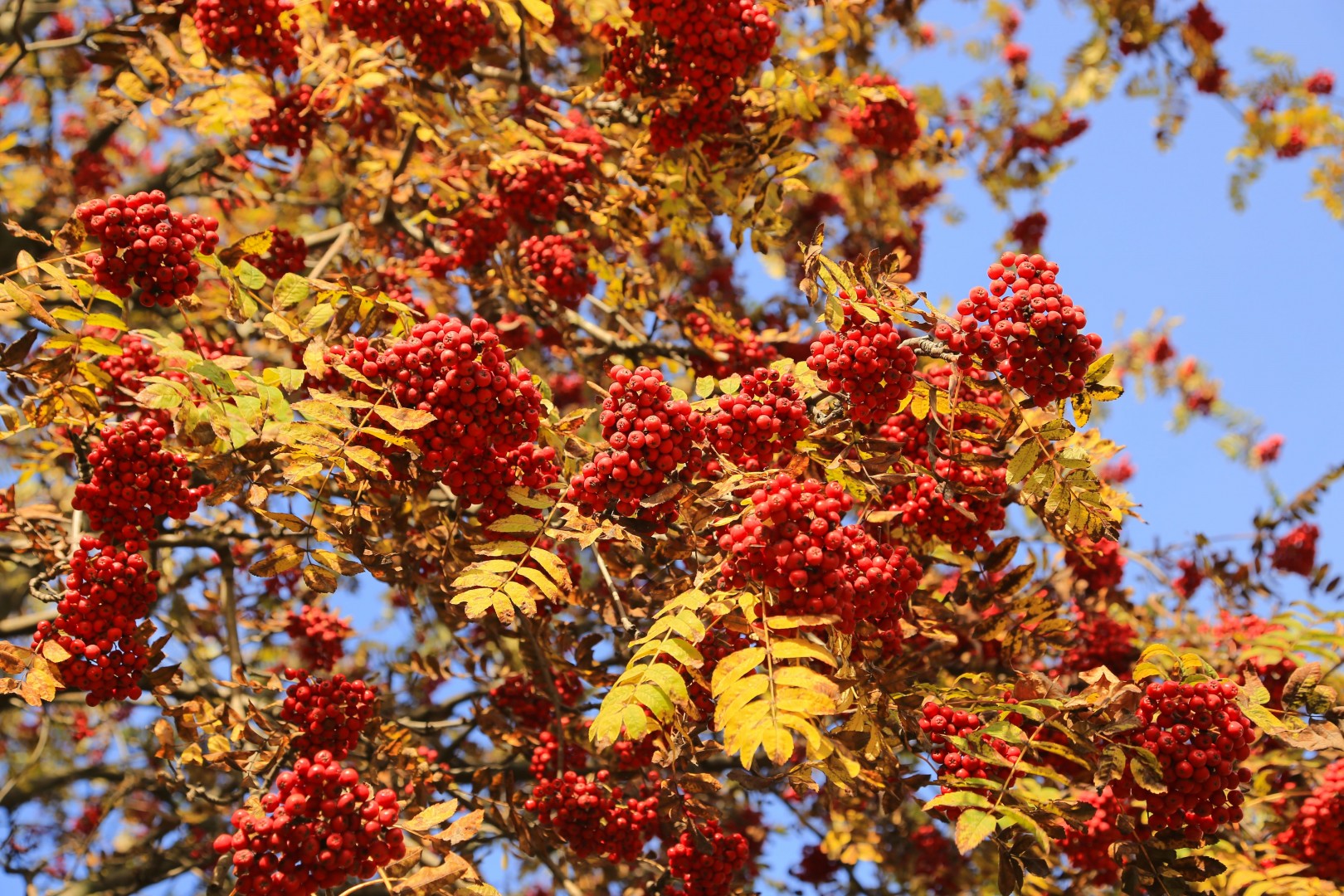
Fallen leaves have other uses, too. Ensure you leave a pile of leaves in a corner of your garden to entice a hedgehog to use them to overwinter. Leaving leaves around the flower beds as a top dressing provides insulation to the soil and protection for the plants’ roots. They will break down over the winter months and also protect the soil from heavy rains and winds.
As leaf mould is slightly acidic, it provides a good top dressing for acid loving plants which you may be growing in pots of ericaceous soil if your garden soil is neutral or alkaline.
Whatever the size of your garden, there are several trees and shrubs to choose from to provide fabulous autumn colours. Whilst the most well-known is the Japanese Maple (Acer palmatum), others to consider are the Paperbark Maple (Acer griseum), Mountain Ash (Sorbus aucuparia which has berries too), European spindle (Euonymus europaeus), Cornus Kousa, Sweet Gum (Liquidambar) and Amelanchier lamarckii (which has blossom in spring).
Here's to a spectacular autumn!

